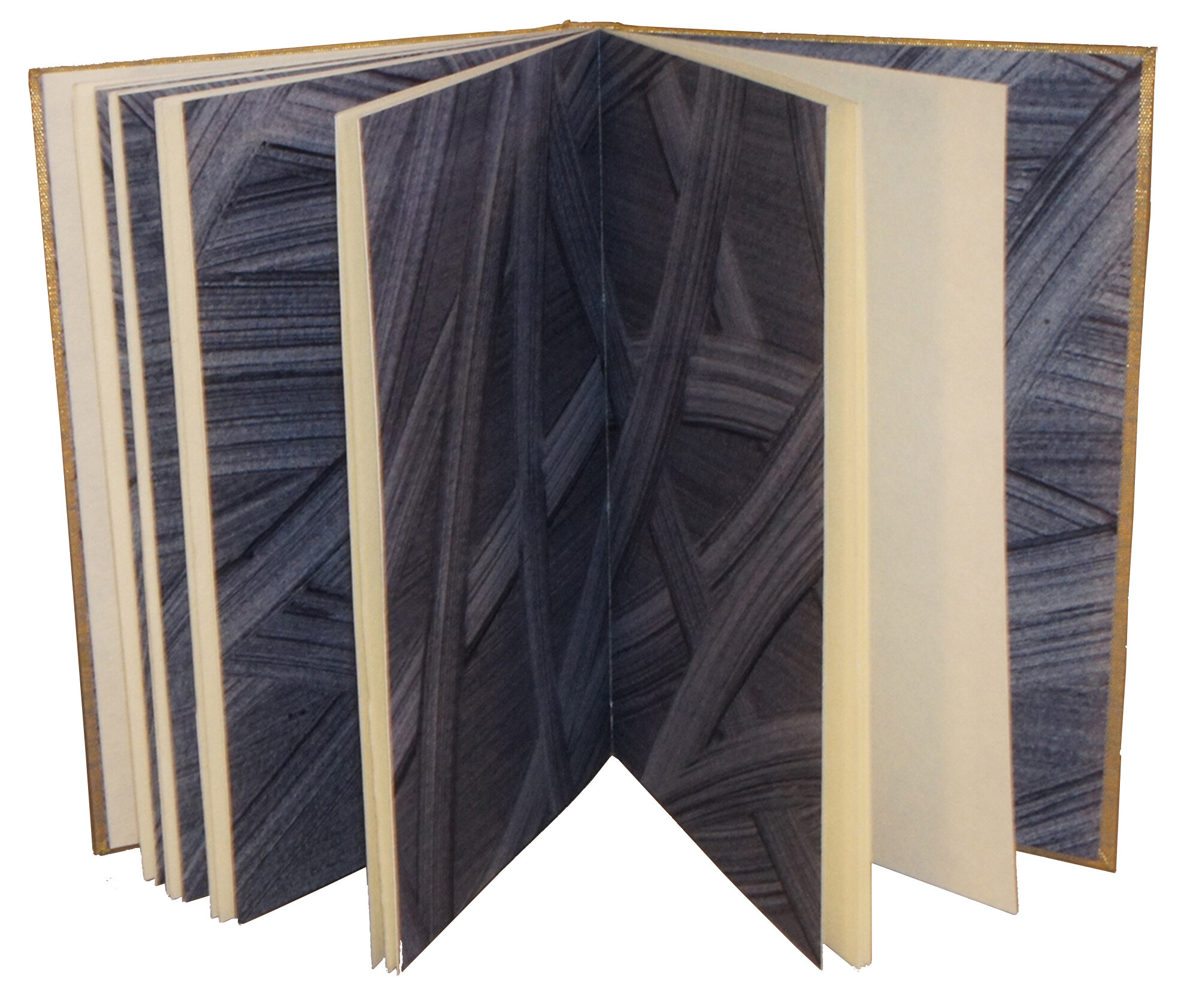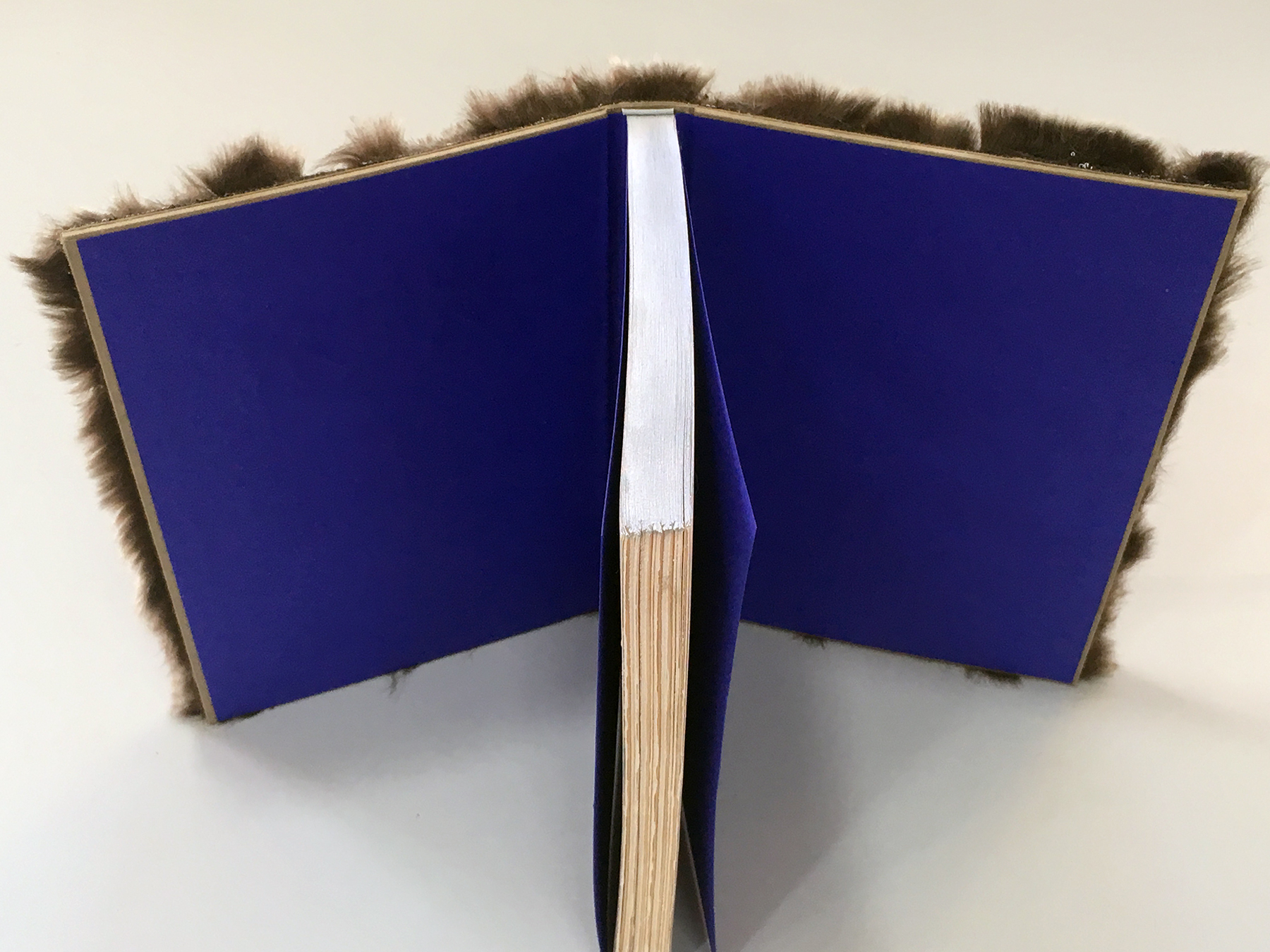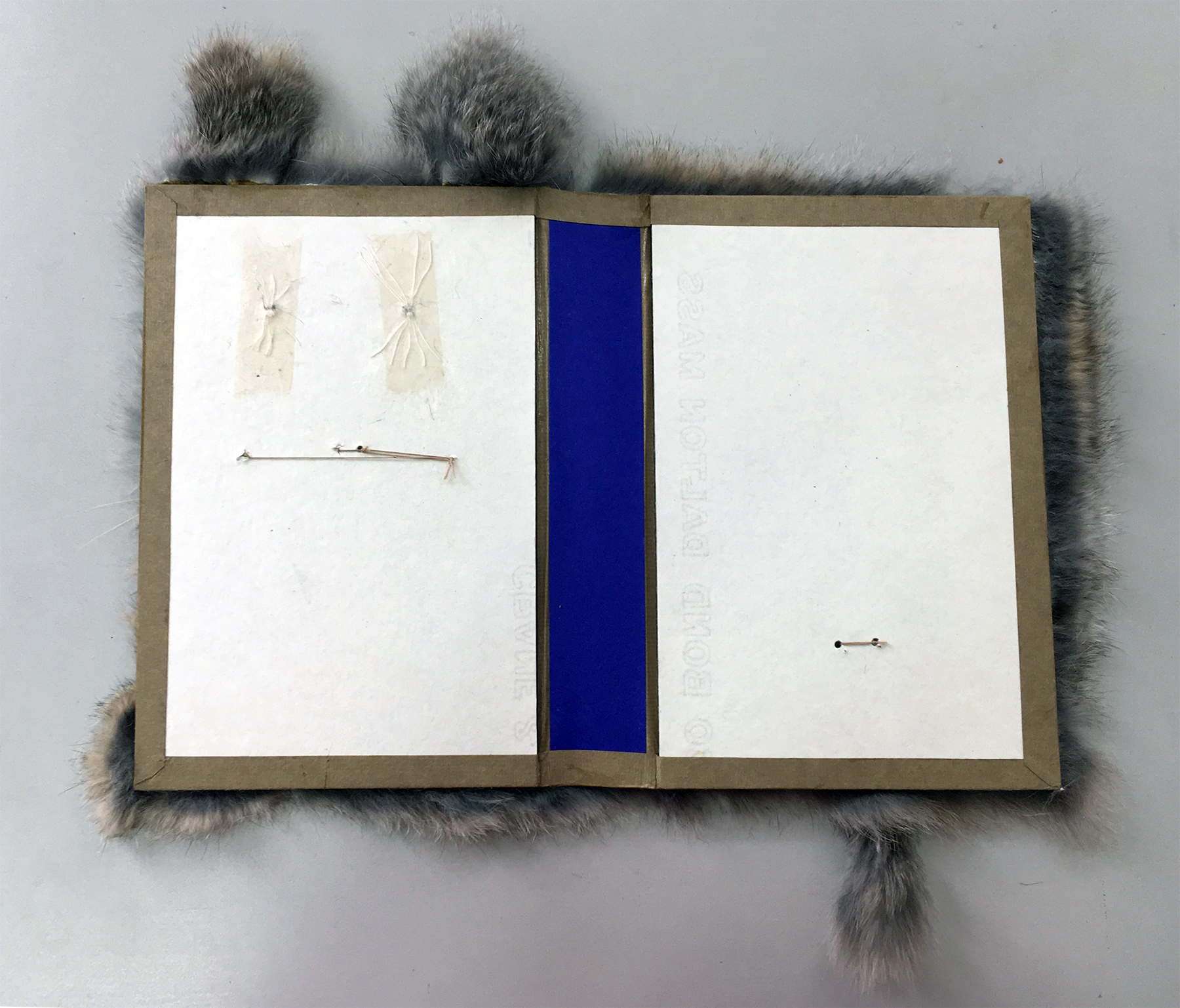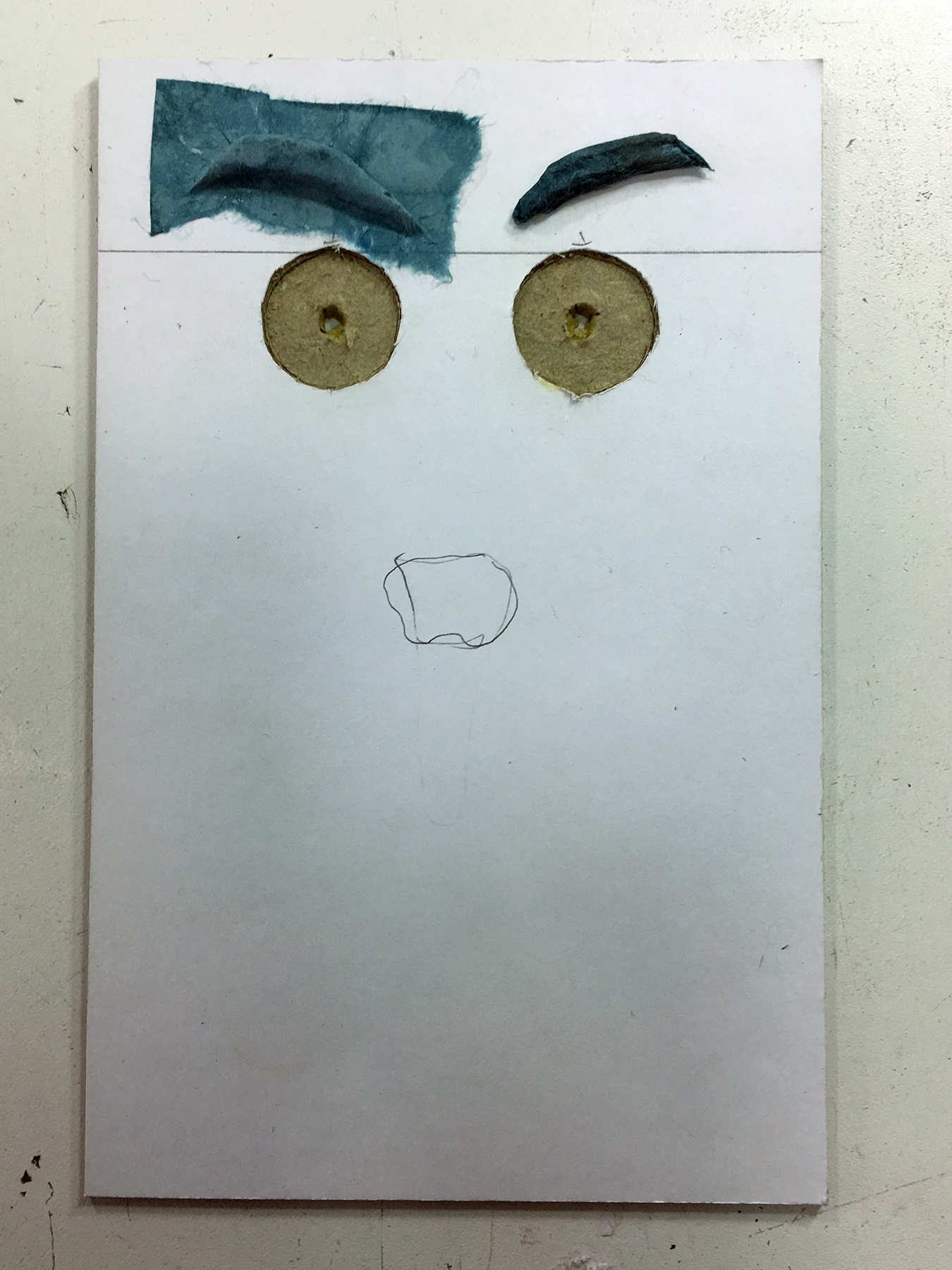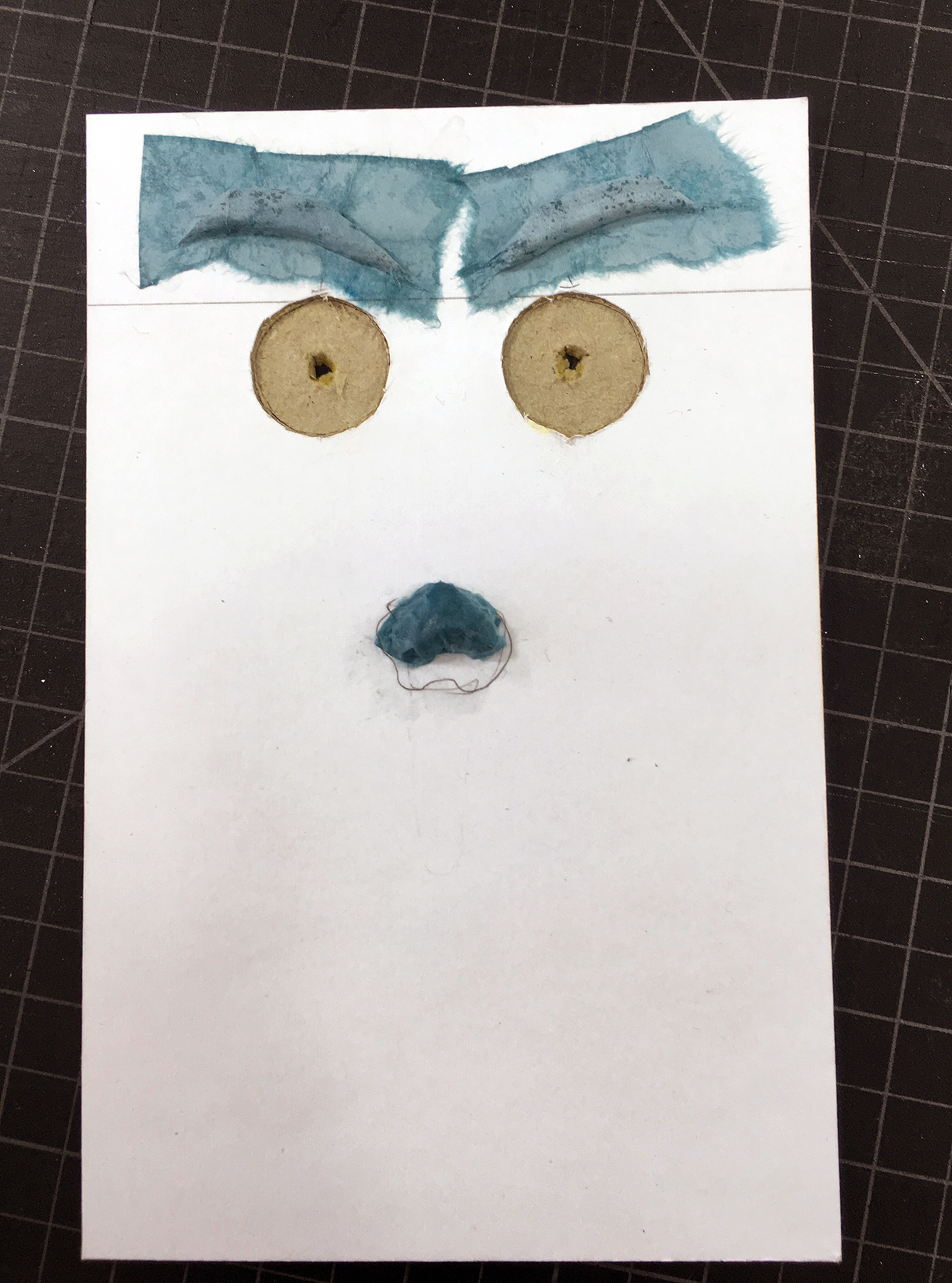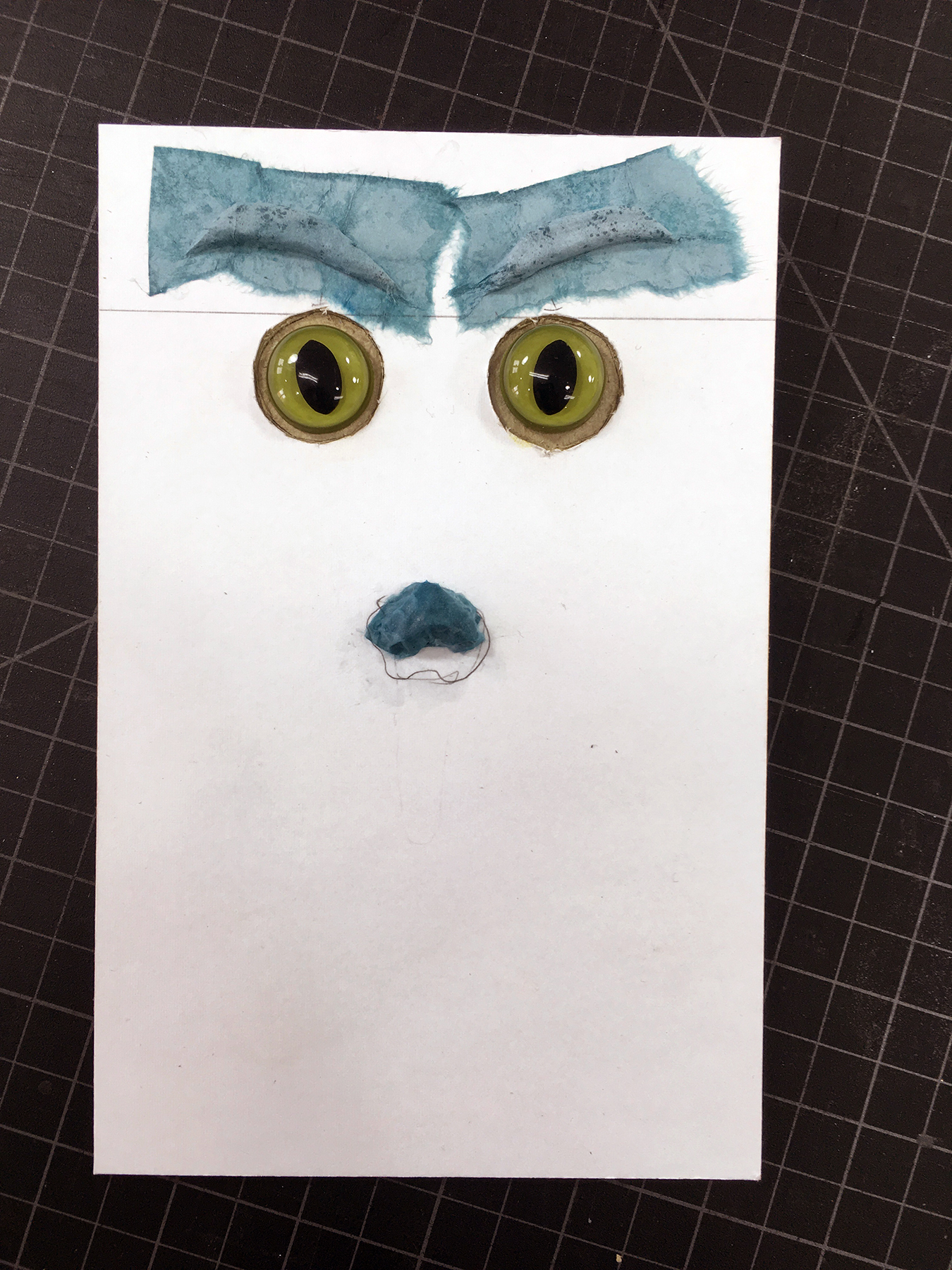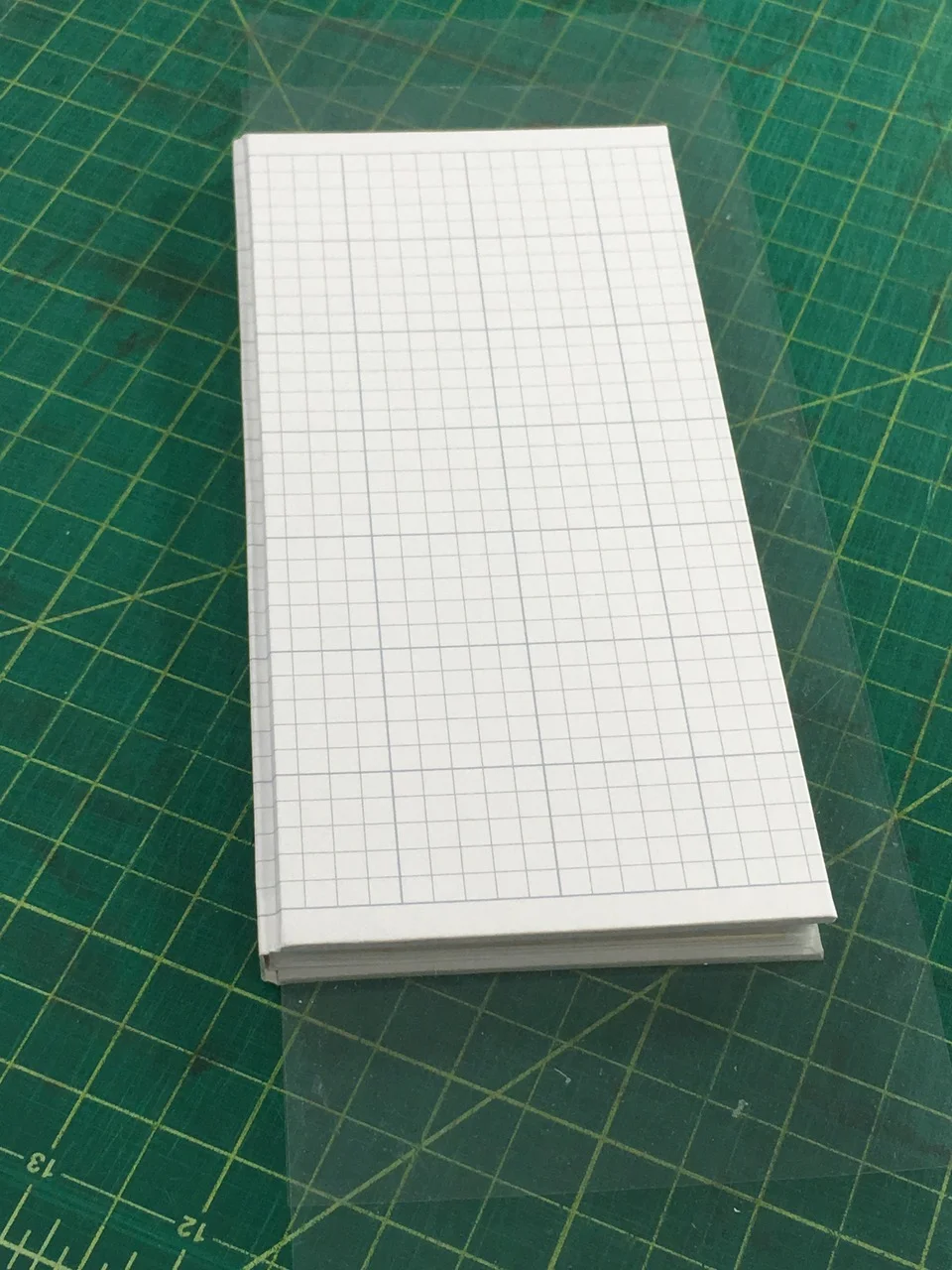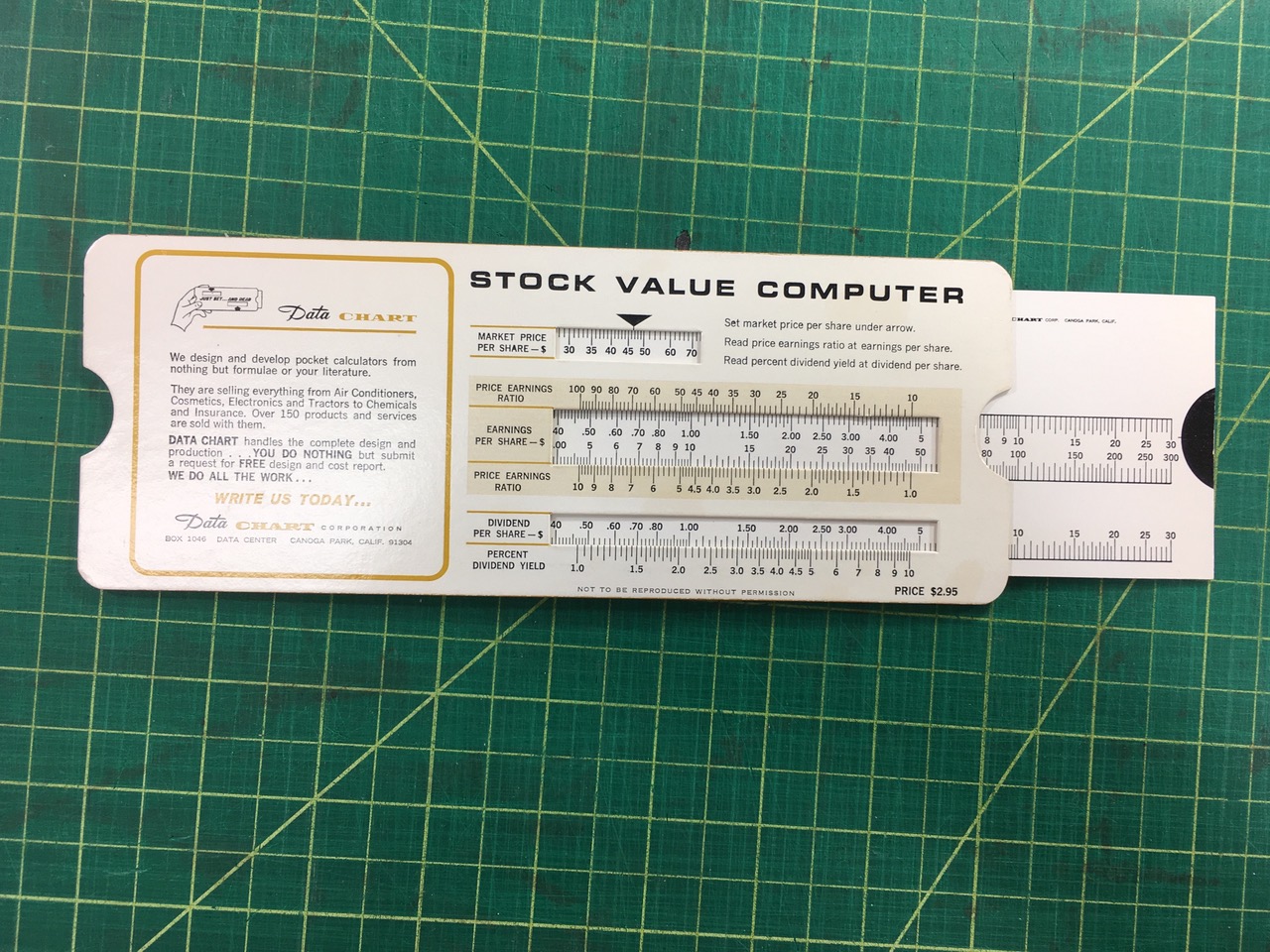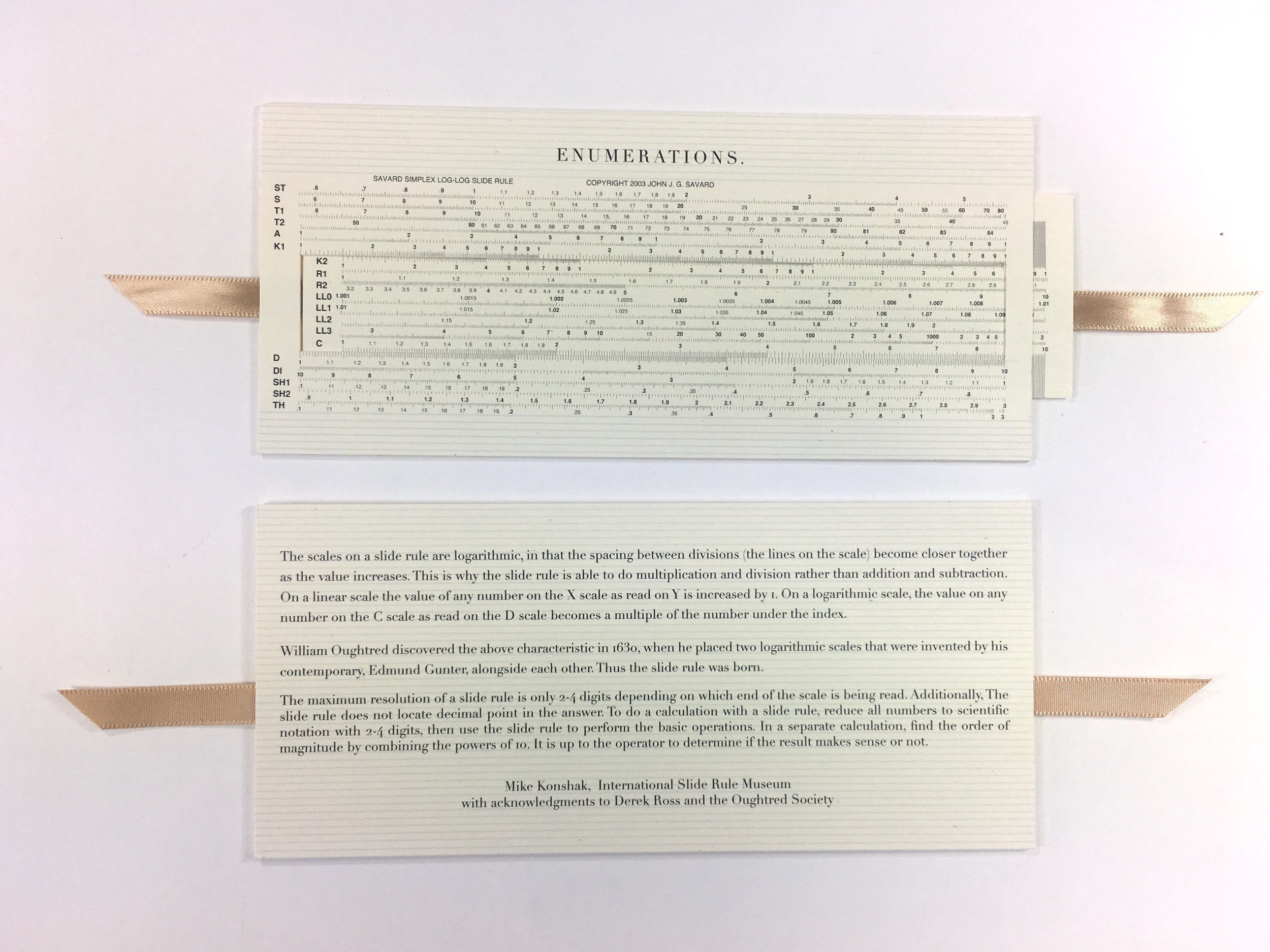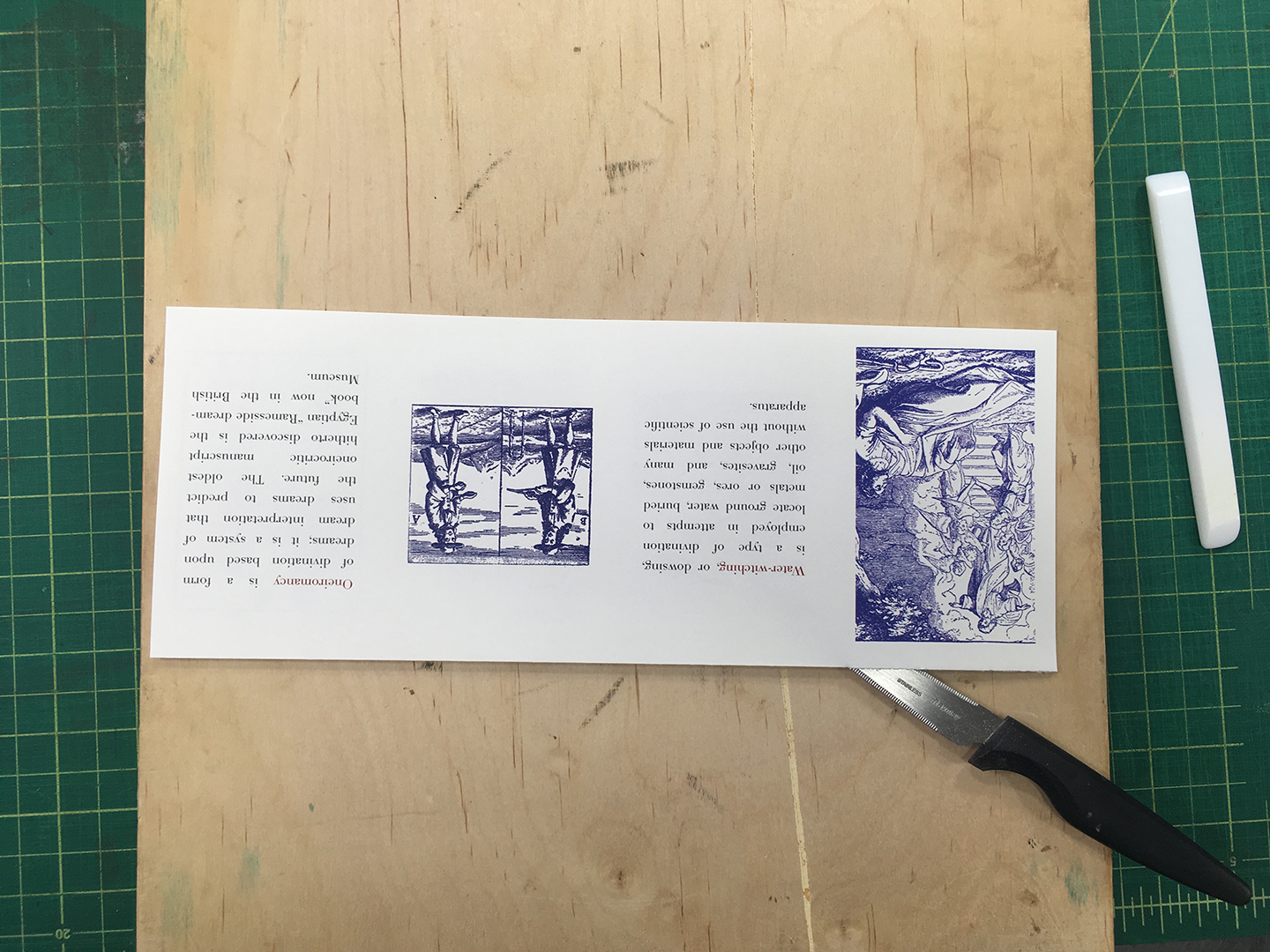this year, it's virtual
Stephanie Gibbs
While I am the first person to admit that I don't remotely enjoy the performative aspects of art fairs, they are a useful benchmark for keeping track of the passage of time -- in my studio life, days run into days run into days, and I'm never quite sure if a week has passed, or six months, or three years. The Los Angeles Printer's Fair is a particularly sentimental occasion for me (rather than a particularly professional one), since it marks my anniversary of relocating to Los Angeles, and I'm extremely grateful for the landing pad that the International Printing Museum provided upon my arrival. Since fairs aren't happening this year, the LAPF2020 is being held virtually, and I agreed to make a series of short videos as part of their multimedia presentation.
My preferences for technologies are for the outdated and the obsolete; while I'm not a Luddite, I'm also not a technophile. They offered to lend me a professional videographer for the project, but since I closed my studio to the public seven (?!?!?!?) months ago, it didn't seem appropriate to have someone in the space for an extended period of time, while I narrated sans mask. As a result, I cobbled together a narrated series of instructions using my phone and the software on my laptop.
You'll notice that: my hands look exceptionally awful, even by my standards. They're covered in burns from foil stamping, and they're covered in scratches from PandemicKitten™ Vincent. Also, these particular structures are (a) the ones that I generally teach in introductory workshops, and (b) ones I've used in recent Holiday Editions, so I had samples readily available. You'll also notice that I didn't use a pre-written script, and as I was recording the narrations, I was drinking wine. So there's a bit of narrative ... irregularity, repetitiveness, and inaccuracy. At no point do I actually go off the rails, which, to be honest, would have been more interesting.
The resulting four videos will appear wherever the LAPF multimedia extravaganza is being posted; presumably on all the usual sites. I don't know if they'll ask me to provide additional content to help fill space. Nature abhors a vacuum, but I would also argue that people abhor amateur multimedia content. These were created with an audience of absolute beginners in mind, and feature such bookbinding materials as Glue Sticks and button thread.
Rather than drip them out one at a time, I'm posting all of them here, together, since that will make archiving them easier. They can also be found directly on youtube, here.
If you make something as a result of these instructions, please do send me a photo. I love seeing other people's projects!
Introduction
Cut and Fold Booklets
Accordion Books
Sewn Signature Pamphlets






